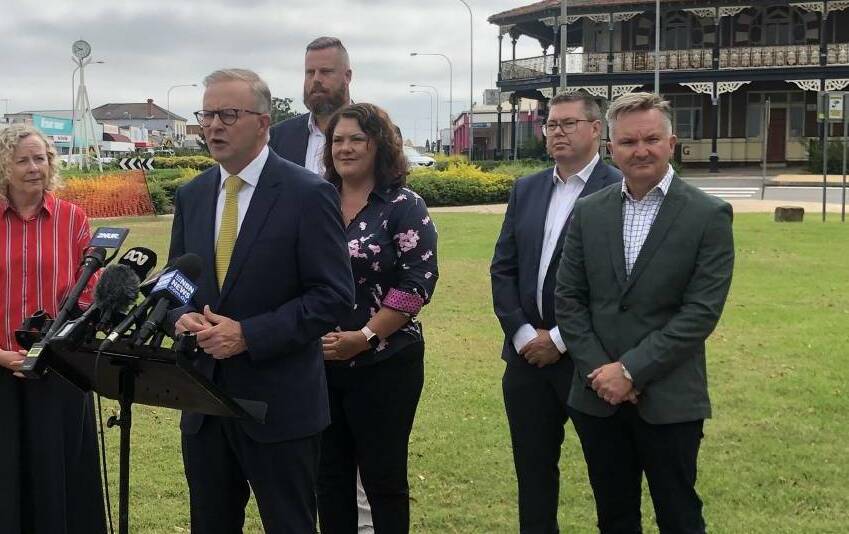The cost of the controversial gas-fired Hunter Power Project at Kurri has blown out by almost 40 per cent to $950 million, Snowy Hydro has confirmed.
The federal government has also committed a further $700 million to allow the plant to run on a blend of green hydrogen and gas, which takes the project's total value to $1.65 billion.
The project had a $600 million price tag when it was announced by former Prime Minister Scott Morrision in September 2020.
The 660-megawatt generator was initially due to come online this year to help compensate for the closure of Liddell Power Station.
However, delays and ongoing cost increases mean it will not open until late 2024.
Snowy Hydro's corporate plan for 2024 to 2028 says the Hunter Power Project now has an expected total cost of $950million and is on track to open in December 2024.
The cost increase mirrors that of the Snowy 2.0 project that has gone from $6billion to $12billion.
Despite that, Snowy chief executive Dennis Barnes said both projects remained economic and would have ongoing social benefits to the communities in which the projects are located.
"Snowy 2.0 involves billions of dollars of investment, with approximately 80 per cent going into Australian jobs, goods, services and skills. We are building the skills of local workers that can later be used elsewhere to assist in Australia's ongoing energy transition," he said.
"The Hunter Power Project is an important project in Australia's energy transition, enabling the roll-out of wind and solar projects by firming these intermittent generation sources into reliable power," Mr Barnes concluded.
He said Snowy was actively collaborating with its shareholders to develop an appropriate capital structure to accommodate the increased costs while maintaining the company's target credit rating of BBB+.
Climate change and energy minister Chris Bowen did not comment on the latest cost increase for the Kurri project.
Critics of the project have long argued that the gas peaker is unnecessary and will hinder the transition away from fossil fuel.

At the height of the federal election campaign in February 2022, the then Labor opposition announced it would commit an extra $700million to the project to ensure that it was capable of using a 30 per cent green hydrogen fuel blend from day one.
Former Snowy chief executive Paul Broad's criticism of the plan was among the reasons for his spectacular exit in August last year.
The government has since said it will introduce green hydrogen into the project 'as soon as possible'.
Opposition climate change and energy spokesman Ted O'Brien said the government's green hydrogen plan was both unrealistic and noncommercial.
"This is what happens when you put ideology before engineering and economics - Labor's insistence on the Kurri Kurri plant morphing into a green hydrogen plant has already led to delays which leaves the grid short of all-important peaking plant as we enter summer," he said.
"The Albanese Government's radical energy experiment is a jumbled mess of uncosted and unachievable targets."
Mr Barnes told a Senate Estimates hearing in February that a business case for meeting the government's pre-election green hydrogen commitment was being developed, however, a fuel source had not been identified.
Meanwhile, APA Group recently commenced construction of a $264 million pipeline from Killingworth to Kurri.
It previously advised the federal government that it had experienced difficulties procuring materials from overseas for the 21 kilometre project that will connect the power plant to the Sydney to Newcastle gas pipeline
APA, which has signed a 30 year agreement for the transport and storage of gas to the plant, said the gas pipeline was on track to be delivered in time for the completion of the power plant.
It is estimated about 400 people will be employed during the pipeline's construction.
The company is also building an associated 70 terajoule gas storage facility in addition to the pipeline.







